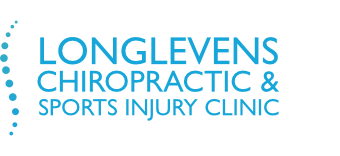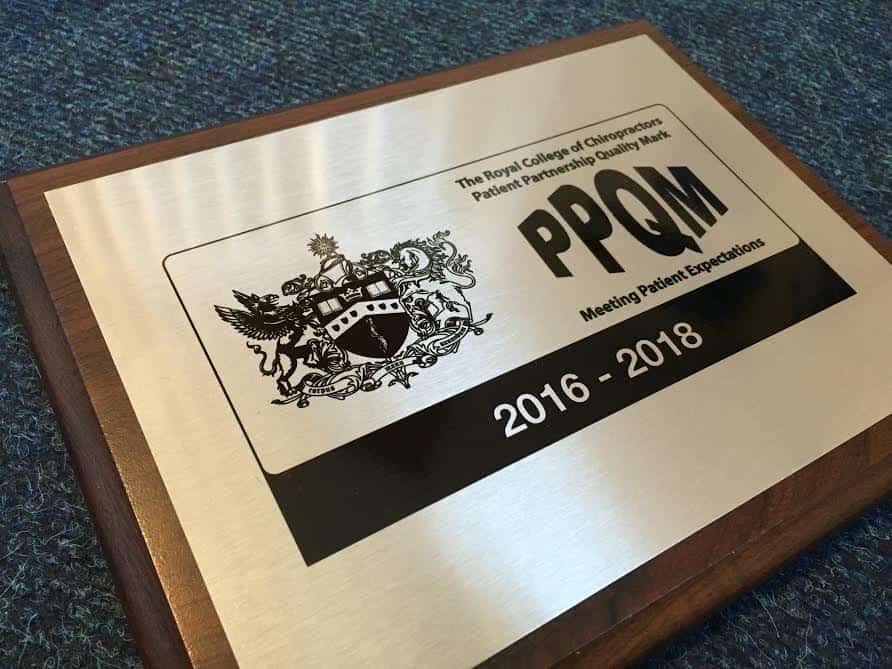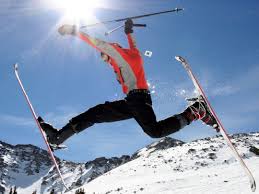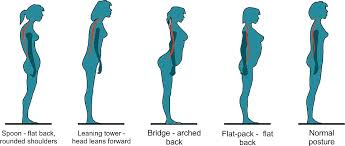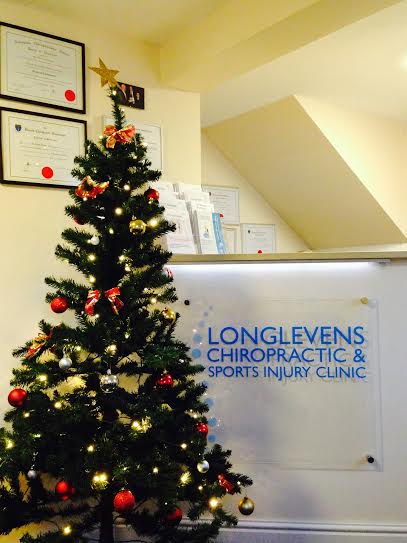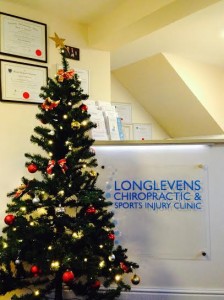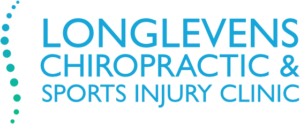The British Chiropractic Association has some great tips to help avoid any problems with your back and posture this Easter:
DIY projects:
People in some parts of the UK are unlikely to be gardening, but there will be plenty of indoor projects to be getting on with.
When using a ladder or steps, make sure you are always facing it, keeping your shoulders, hips and knees pointing in the same direction.
Rather than leaning or reaching, move the ladder or step regularly to keep up with where you are. Any kind of ladder must be firmly and safely planted in position and, if possible, have someone else there to keep an eye on things.
If you are painting a ceiling, think about getting the largest amount of paint on in the shortest space of time. Use a paint pad or roller with an extended handle and hold it at chest height. Keep your head as neutral as possible and keep facing forward so you don’t over exert your neck. If you can lie down – do!
Plan ahead – If you are planning a trip to the local DIY store to buy heavy items such as cement or gravel, buy smaller bags rather than one big bag as they are easier and safer to carry. If buying in bulkier amounts, shovel the contents of the large bags straight into smaller containers or wheelbarrow from the back of the car.
If having items delivered, have them unloaded as close to where you need them as possible; this will save the effort of moving them again.
Travelling:
If you are flying, drink plenty of water and NOT alcohol during the flight as this will cause dehydration, which could aggravate muscle pain.
Whether travelling by plane, train or car – you will be restricted in your seat for most of the journey, but avoid stiffness by doing shoulder shrugs, buttock clenches and foot circles.
If on a train or plane, try to stand up and move around every 20-40 minutes or, when you stop for a petrol/food break on a car journey, take the opportunity to just stretch and shake out your limbs to allow your muscles to relax.
Compensate for your prolonged time of inactivity during the journey by doing light exercise – just going for a brisk 20 minute walk once you have arrived at your destination will help
Staying at home:
Although the TV schedules are likely to have plenty to please or you may want to spend time playing your latest computer game, try to avoid sitting for long periods; take a break at least every 40 minutes.
Make the most of the leisure time and fit some exercise in – whether it be a run, time at the gym or going for a walk with friends and family. Active games such as Wii, Kinect or old fashioned favourites like Twister will help keep you moving!
Happy Easter!!
